The Kubler Ross Change Curve, based on the Kubler-Ross model of grief, focuses on the emotional inner journey that we personally experience when coping with transition and change.
Change is inevitable
Change is constant in life. Despite our best efforts, we can never avoid or escape change. It is one of the harshest truths of life that we need to accept.
However, when we are able to plan and prepare for change and develop strategies to deal with the transition effectively, we can experience positive outcomes. But despite the best-laid plans and strategies, change can be difficult to accept, acknowledge, and incorporate.
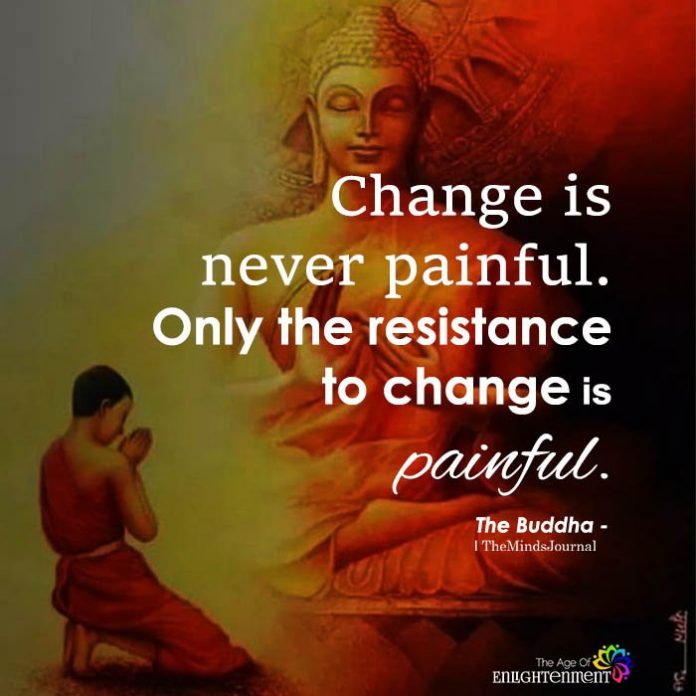
“Change is an upsetting time for people as it can introduce a variety of uncertainty,” explains organizational consultant and change management expert Daniel Lock. Although it may be hard for most of us, our capacity to understand and cope with the different stages of change is crucial. How we personally behave and react to the change is also critical.
The Kubler-Ross Change Curve is a model that enables us to adapt to change and navigate transitions. It can not only help us deal with change on a personal level but it can also be effectively used by businesses to empower their workforce to manage change and succeed.
Daniel adds “Use Kubler-Ross’s research to understand how people navigate change. Building structures to help people move through change quickens the adaptation process as many people experience feelings of loss during the change.”
Related: 10 Reasons To Embrace Change For Personal Growth
What is the Kubler-Ross Change Curve?
The Change Curve is derived from the Kübler-Ross model, also known as the Five Stages of Grief. It was originally developed in the 1960s by Swiss-American psychiatrist Elisabeth Kübler-Ross to show how terminally ill patients cope with their impending deaths. However, later the model was modified to depict how people deal with loss and grief
Elisabeth Kübler-Ross later proposed that this five-stage model can not only be used to understand how we cope with grief, but also any dramatic situation that can completely change our lives.
The Kubler-Ross Change Curve gained popularity among corporations and change management spheres by the 1980s.
It can enable us to understand how our emotions, performance, and productivity are affected by the declaration and implementation of a serious change.
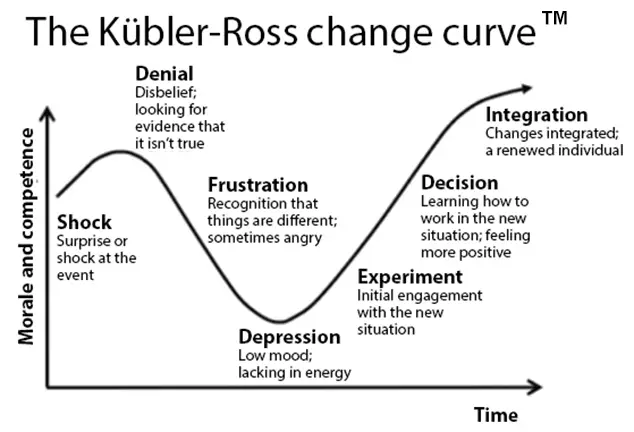
Since its formation, the Kübler-Ross model or the Kubler-Ross Change Curve model has been extensively used by individuals and organizations to help people “understand their reactions to significant change or upheaval.”
Daniel Lock writes “The Kubler-Ross Change Curve is a paradigm for navigating the transitions,” between the initiation of a change and the reaching of a specific goal. He adds that many organizations utilize this model to gain knowledge about how most individuals navigate change.
He explains “Managing change in this context means understanding where people are along the change curve and helping them get from the death of the old ways to the birth of the new ways.”
Today the Kubler-Ross model holds true for anyone going through an extremely traumatic experience or other situations like work and business. The Kubler-Ross Change Curve model has been accepted worldwide to explain the change process. As the basic human emotions experienced during personal loss, change, death, or a dramatic experience remain the same, this model can be applied effectively in such situations.
Anastasia Belyh, the co-founder at Cleverism, explains “After the book, ‘Death and Dying’ was published, the concept or the model was widely accepted, and it was found that it was valid in a majority of cases and situations relating to change.”
Related: 5 Signs Your Life Is About To Undergo A Massive Change
The stages of change
Elisabeth Kübler-Ross conducted research on terminally ill patients for over two and a half years and the experience of dying. She evaluated and analyzed thousands of dying patients during her research and assimilated all her findings in her 1969 book ‘On Death and Dying’.
Although the book was largely focused on the emotions and experiences of dying patients, she later proposed that the five stages of emotions a person experiences can also be applied to loss, grief, and change.
Anastasia writes “The Kubler-Ross Change Curve which is also known as the 5 stages of grief is a model consisting of the various levels or stages of emotions which are experienced by a person who is soon going to approach death or is a survivor of an intimate death.”
The 5 stages outlined in the change curve model include:
1. Denial
2. Anger
3. Bargaining
4. Depression
5. Acceptance/Integration
However, it should be kept in mind that the stages “were not meant to be described as linear, nor in a step by step manner,” according to Elisabeth Kübler-Ross Foundation. The stages have been described in the popular DABDA (Denial, Anger, Bargaining, Depression, Acceptance) manner simply for the sake of written description.
“The 5 stages, according to her, are transferable to different ways and degrees and may vary from person to person. Some of these situations or cases include injury, disability, work issues, relationship problems, and financial problems,” explains Anastasia Belyh.
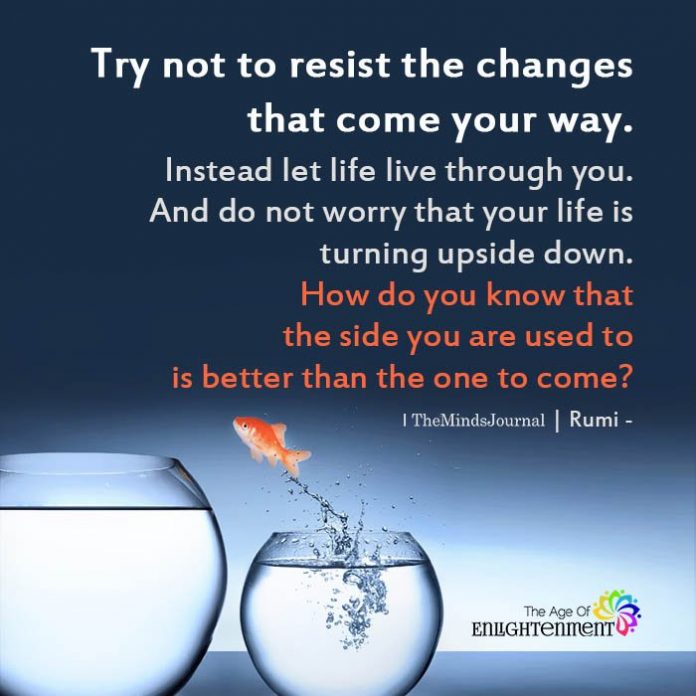
Understanding the 5 stages
Like everything else in life, change is also a gradual process that requires determination, deliberate effort, and patience. Here are the five stages of change as explained by the Kubler-Ross Change Curve:
1. Denial
A sudden and drastic change may often lead to feelings of shock, disapproval, and rejection of the event. This is especially true if the change of experience is negative and tragic in nature. Denial of the truth allows us to accept the reality of the change and lessen the initial wave of pain.
“As we process the reality of our loss, we are also trying to survive emotional pain,” explains licensed professional counselor and mental health expert Jodi Clarke, LPC/MHSP. She adds “Denial is not only an attempt to pretend that the loss does not exist. We are also trying to absorb and understand what is happening.”
2. Anger
When we can no longer avoid or deny the change any longer, we tend to become angry and start blaming ourselves or others for the change. We strongly feel that whatever is happening is not fair and that we do not deserve it.
“We are trying to adjust to a new reality and we are likely experiencing extreme emotional discomfort. There is so much to process that anger may feel like it allows us an emotional outlet,” adds Jodi.
Related: Anger Management Tricks to Help Make You Peaceful Again
3. Bargaining
As our emotions become more difficult and our mood declines, we start to bargain. To protect the life we had before the unexpected change or the loss, we bargain with God or divine power. This is an unavoidable and natural stage in the Kubler-Ross change curve.
Anastasia Belyh writes “Bargaining may help to come to a sustainable solution and might bring some relief to those who are moving close to what they wish to avoid altogether. The search for a different outcome or a less traumatic one may remain on during this stage.”
4. Depression
When we realize that all our efforts to prevent the change or revert to the existing situation have failed, our morale and energy may fall significantly. This is when we are engulfed with sadness, confusion, and depression. We can also lose hope and become isolated and withdrawn.
Jodi Clarke explains “In those moments, we tend to pull inward as the sadness grows. We might find ourselves retreating, being less sociable, and reaching out less to others about what we are going through.”
5. Acceptance/Integration
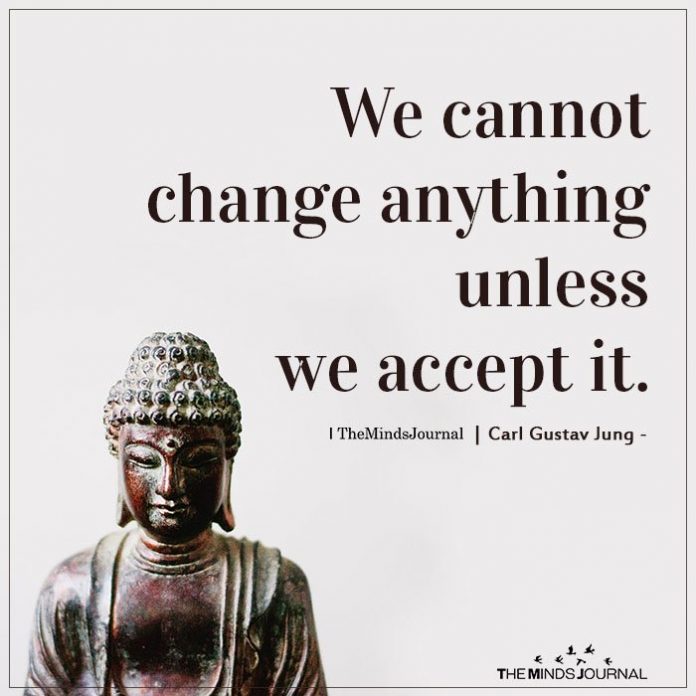
Acceptance is the final phase when we finally get through the process and acknowledge the change, despite how unfortunate or unfavorable it may be. This is when we realize that the change is happening no matter how hard we try. So we accept the truth on a deeper level and find the strength to move forward in our new reality. This is the only way for us to look ahead and explore new opportunities.
Anastasia adds “When people realize that fighting the change that is coming into their life is not going to make the grief go away, they resign to the situation and accept it completely. The resigned attitude may not be a happy space but is one in which the person may stop resisting change and move ahead with it.”
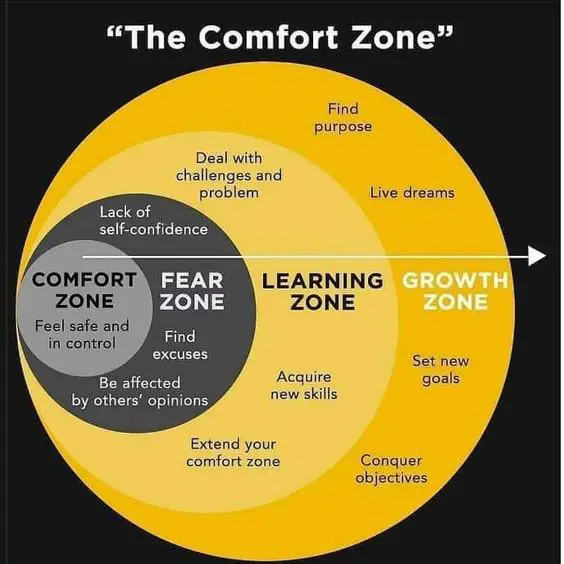
Growing with the change curve
This Kubler-Ross model is an excellent tool in managing change and identifying where you are along the change curve. It empowers us to get from the end of our old reality to the reincarnation of our new reality. Most people can easily identify exactly which stage they are at whenever they are using the curve. Using this curve can enable us to understand our emotions a lot better and get a better idea about the process of grief and change.
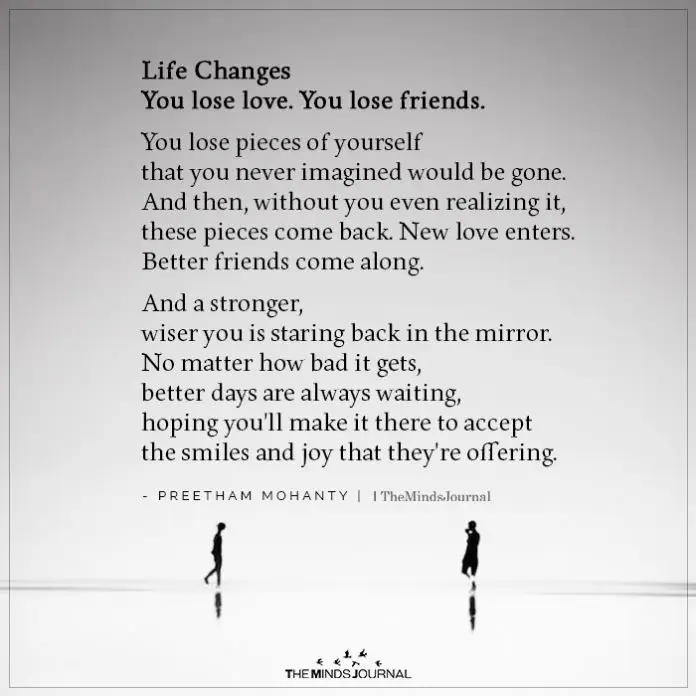
The stages in the Kubler-Ross Change Curve also helps us to realize that our emotions, reaction, and behavior through the stages are normal and natural. They are not signs of mental health issues or emotional weakness.
The model is also very effective and helpful in understanding and identifying how we deal with change. This not only enables us to understand our own behavior but also the people around us who are going through a sudden traumatic experience.
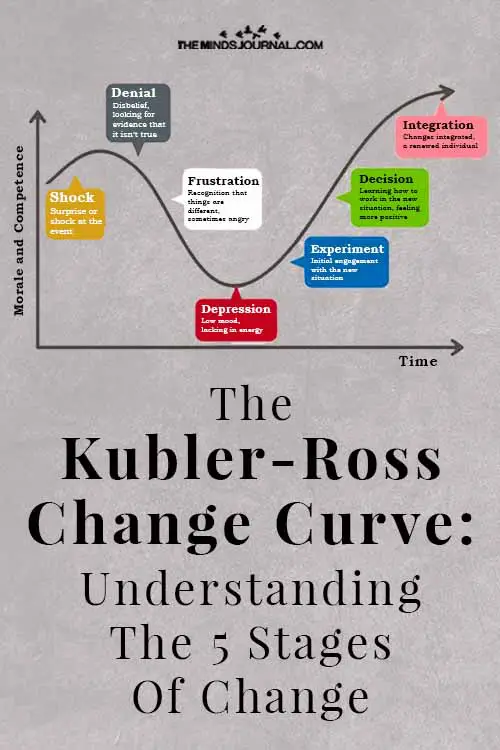
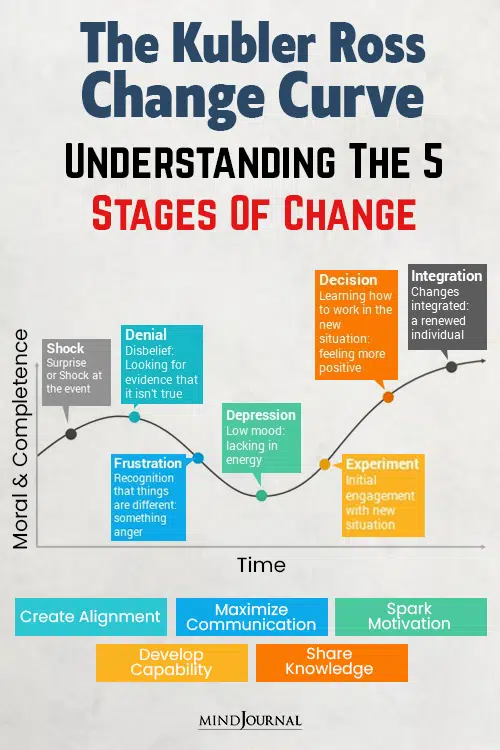
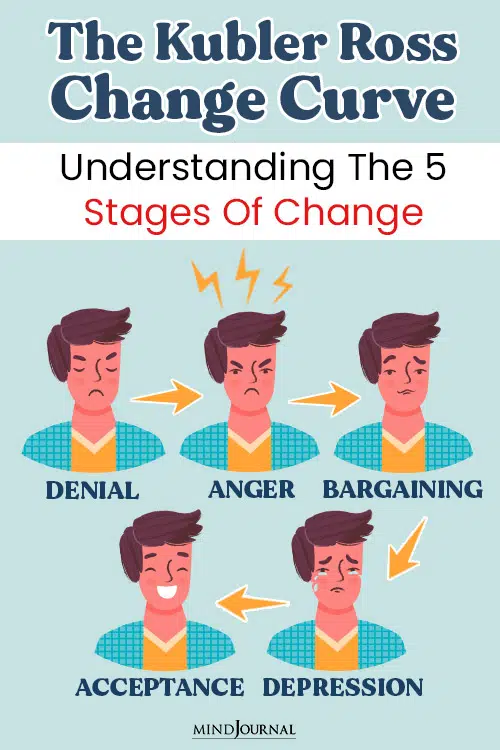
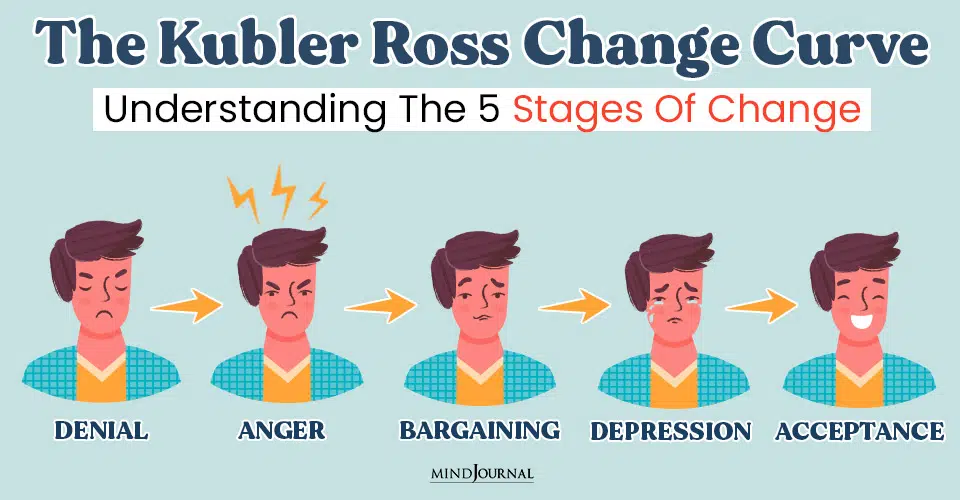
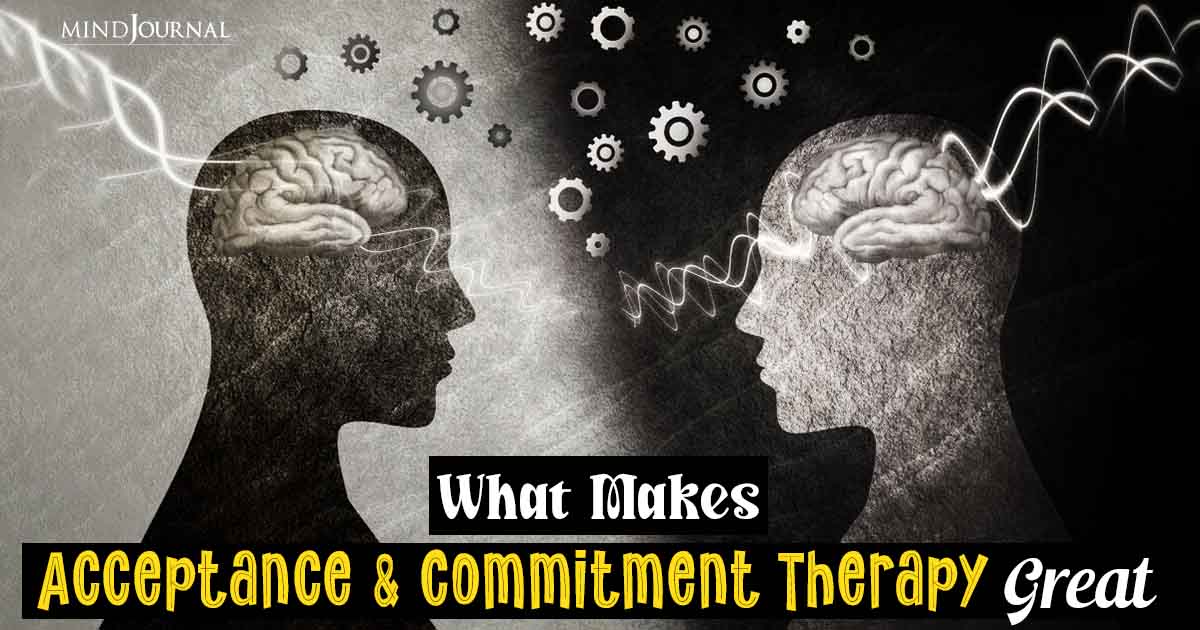

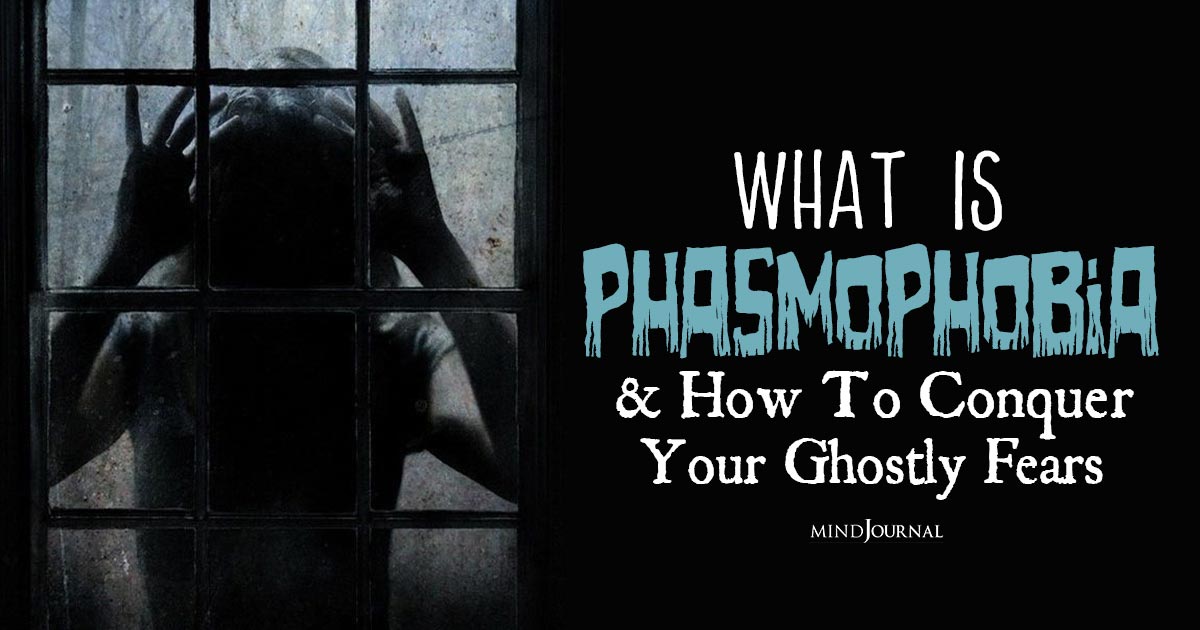
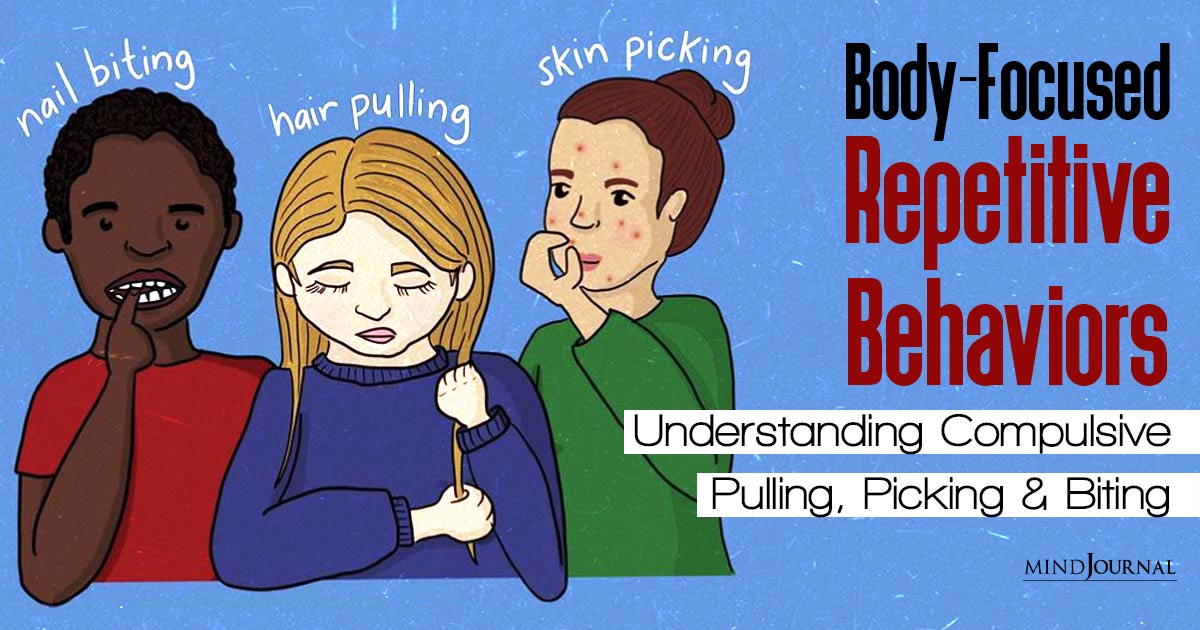

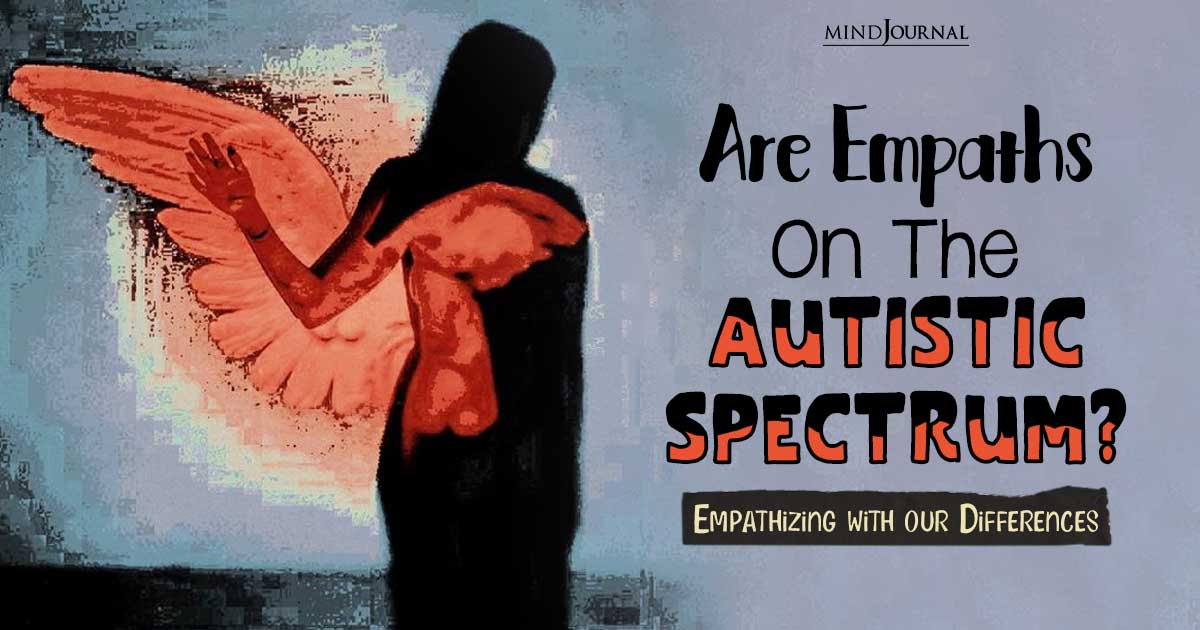
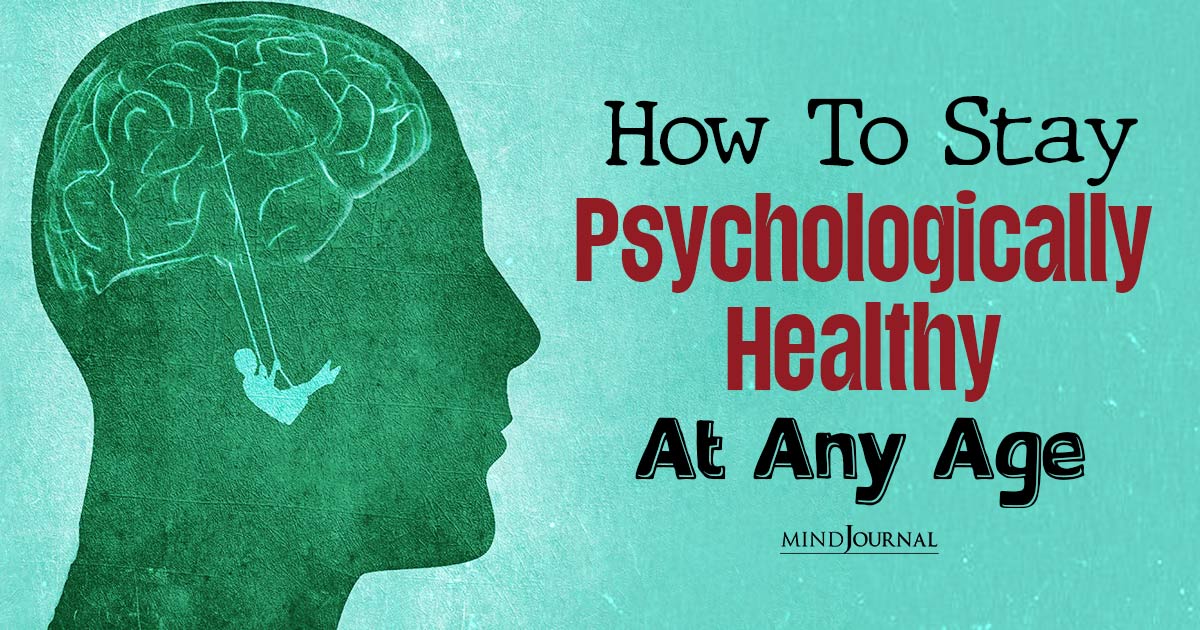
Leave a Reply
You must be logged in to post a comment.